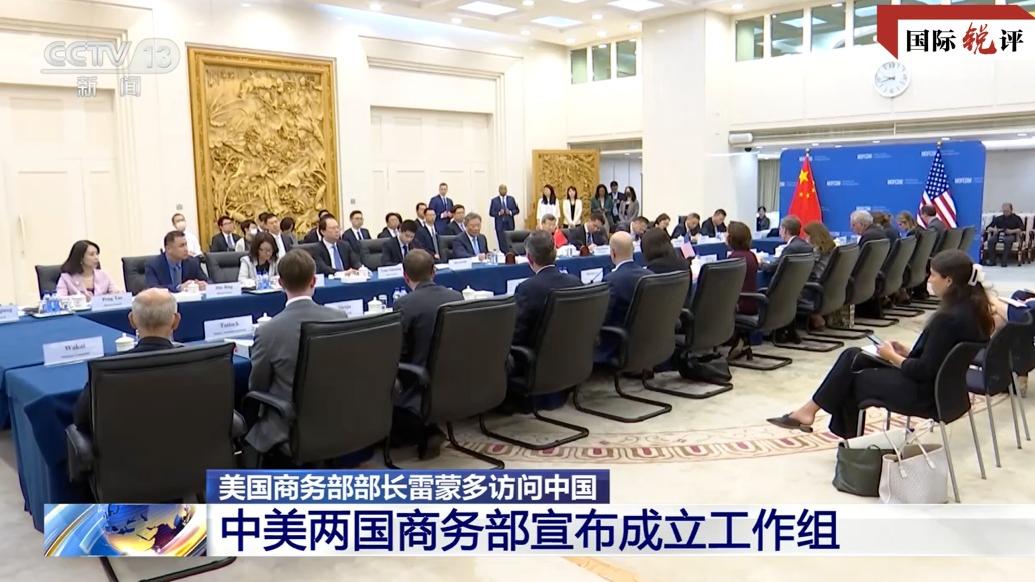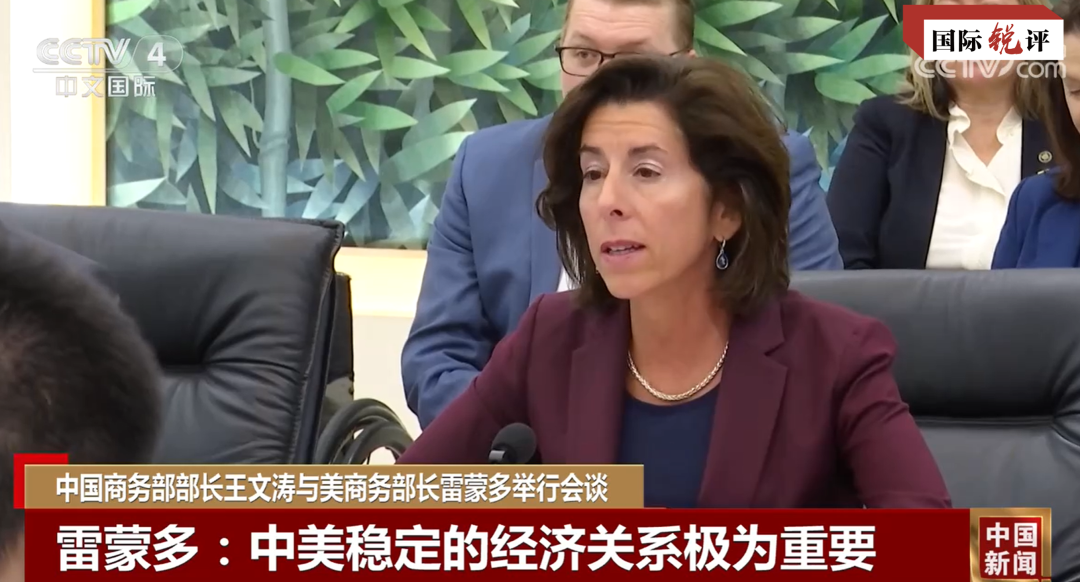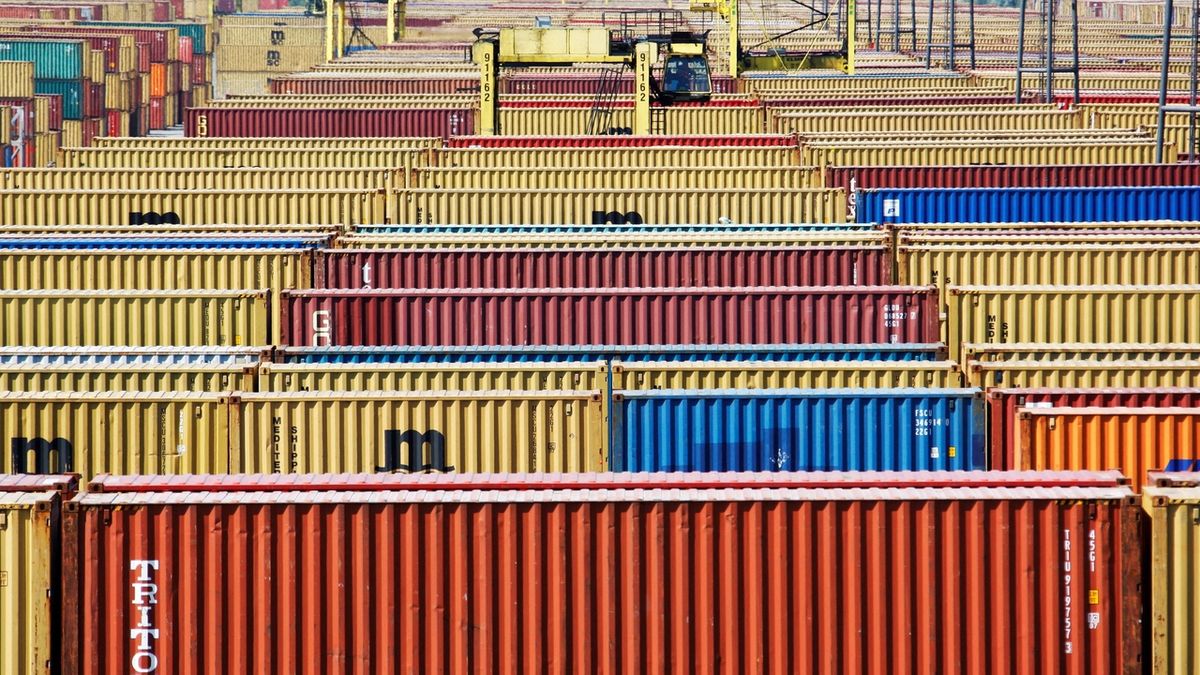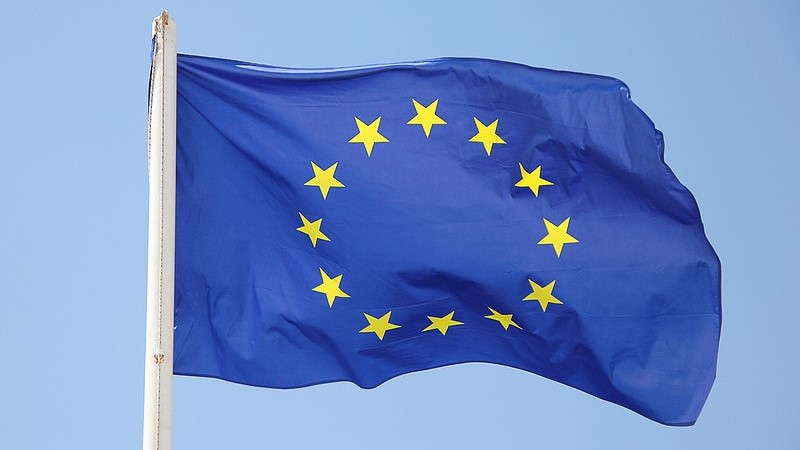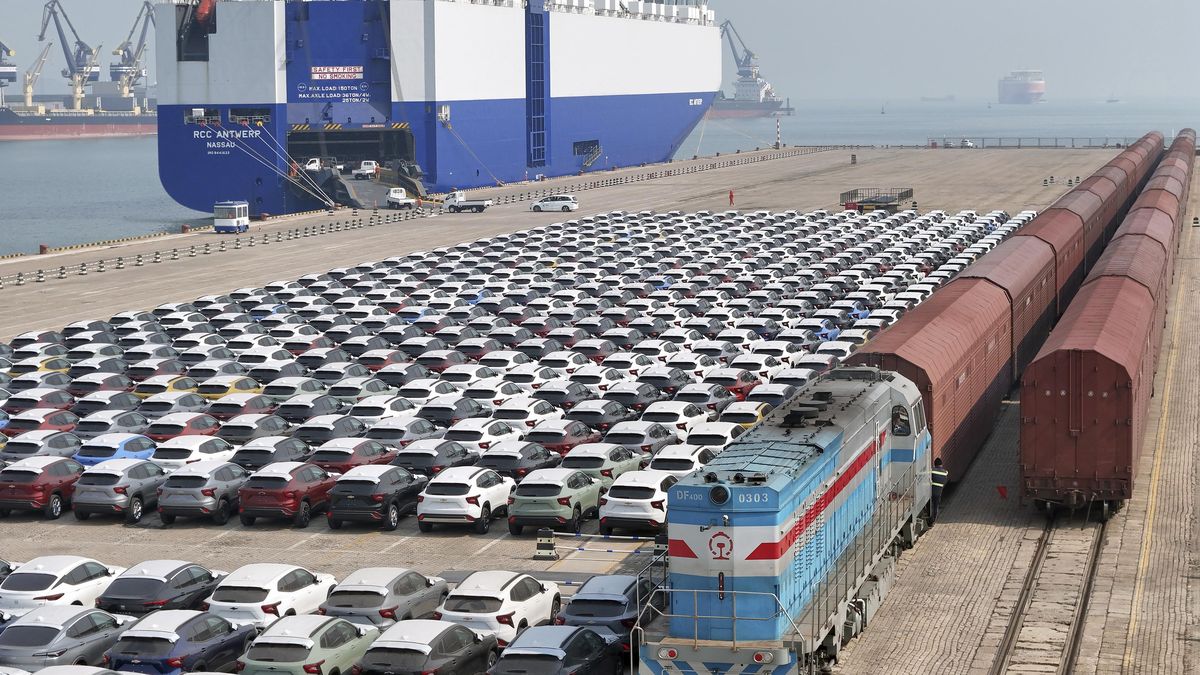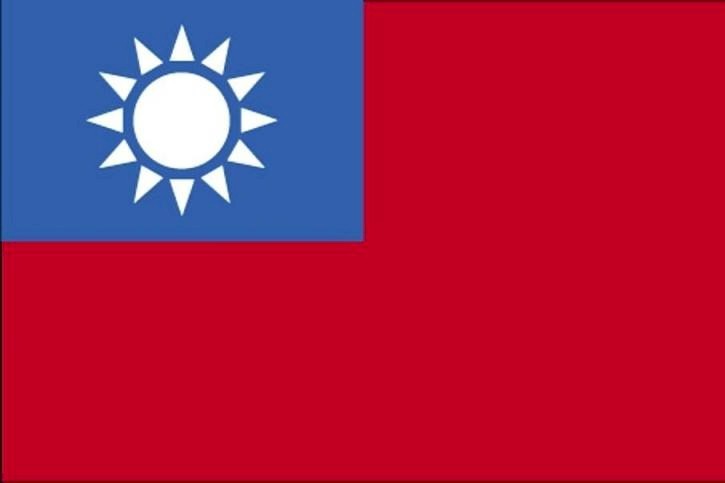US Commerce Secretary Gina Raimond concluded a four-day visit to China yesterday. Since June this year, he became the fourth top American official to visit China. While evaluating Raimonda’s trip, international public opinion paid great attention to China and the United States’ announcement to “establish new channels of communication” and believed that this would help “reduce misunderstandings.” Raimond also made it clear that he was “not seeking to secede from China” and expressed his hope that American companies would invest in China. Some experts say that this “new channel of communication” will help China and the United States better communicate and exchange ideas, but whether the channel actually plays a role will depend on the United States’ concrete actions.
Looking back at the performance of the American side after the visit of three American politicians to China, it is not surprising that public opinion has such doubts. For example, when US Secretary of State Blinken visited China in June, he made clear that the US was committed to returning to the agenda set by the two heads of state in Bali and keeping President Biden’s promise. However, in the past two months, the United States has allowed the deputy leader of Taiwan’s territory in China to “transit” in the United States, resumed arms sales to Taiwan in China, and issued orders to limit investment in China. This action cast serious doubt on the credibility of the United States. Therefore, it is necessary to continue to monitor the extent to which Raimondová’s statement can be implemented.
People hope that the United States will implement the “non-separation” declaration in practice. This is determined not only by the nature of the China-US trade relationship, but also by the actual needs of Chinese and US business circles, and is beneficial to the development of the Chinese and US economies and the world economy. So what should the US do to implement a “non-separation” declaration?
As a basic understanding, if Washington wants to make the right decision, Washington must realize that the essence of China-US economic and trade relations is mutual benefit and mutual benefit, and no one suffers and no one benefits.
In 2018, the United States continued to impose high tariffs on Chinese goods, but the Sino-US trade volume will reach nearly 760 billion US dollars in 2022, a record high. The 2023 US Exports to China Report by the US-China Trade Council shows that US exports to China created more than 1 million jobs in the United States. More than 70,000 American companies invest in China, and nearly 90% of their business in China is profitable. American companies have built large manufacturing networks in China and rely heavily on Chinese consumers, according to CNN.
Operationally, it is very important for the US to stop over-politicizing and securing economic and trade issues. Now the United States is facing inflation, the American debt crisis and so on. The former chairman of the White House Council of Economic Advisers, Kevin Hassett, recently said that another wave of inflation may be starting to hit the US economy. Meanwhile, the new US Treasury needed a buyer. Solving these problems cannot be separated from cooperation with China.
International public opinion noted that in the days before Gina Raimondo’s visit to China, there were “positive signs” in Sino-American relations. The British website Financial Times reported that this included Washington’s efforts to extend the decades-old “China-US Scientific Cooperation Agreement” as well as the lifting of export restrictions on 27 Chinese entities. However, at the same time, the international community also expressed concern over the possibility of US policies restricting China for election purposes.
During Raimondo’s visit to China, the Chinese side expressed serious concerns about US tariffs in that section 301 against China, semiconductor policy, two-way investment restrictions, subsidies and sanctions that are discriminatory against Chinese companies. What the United States should do now is to remove tariffs on China as soon as possible, relax export controls to China, lift sanctions on Chinese companies, and create conditions for companies from the two countries to expand trade and investment cooperation.
This includes taking advantage of recently introduced “new communication channels”. The US side should really attach importance to the role of this channel, instead of treating it as a decoration that only has “symbolic meaning”. Whether it is a working group set up by China and the United States or an export control information exchange mechanism launched, they do have a role to play in resolving differences and promoting policy coordination through dialogue. This is what the international community hopes for.
Economic and trade relations are the focus of China-US relations. We hope that by establishing “new channels of communication” as a new starting point, the United States will show its sincerity to solve this problem and meet with China halfway to promote “stabilization and improvement” of Sino-US relations and recovery of the world. economy. After Gina Raimond’s visit to China, the whole world is watching what the US will do next.
Jia

“Tv nerd. Passionate food specialist. Travel practitioner. Web guru. Hardcore zombieaholic. Unapologetic music fanatic.”

